INDIAN ARMED FORCES CHIEFS ON OUR RELENTLESS AND FOCUSED PUBLISHING EFFORTS

SP Guide Publications puts forth a well compiled articulation of issues, pursuits and accomplishments of the Indian Army, over the years

"Over the past 60 years, the growth of SP Guide Publications has mirrored the rising stature of Indian Navy. Its well-researched and informative magazines on Defence and Aerospace sector have served to shape an educated opinion of our military personnel, policy makers and the public alike. I wish SP's Publication team continued success, fair winds and following seas in all future endeavour!"

Since, its inception in 1964, SP Guide Publications has consistently demonstrated commitment to high-quality journalism in the aerospace and defence sectors, earning a well-deserved reputation as Asia's largest media house in this domain. I wish SP Guide Publications continued success in its pursuit of excellence.
- Indian Air Force Aims for Full Indigenous Inventory by 2047 — Air Chief Marshal A.P. Singh
- Rajnath Singh assumes charge as Defence Minister for the second consecutive term
- Interim Defence Budget 2024-25 — An Analysis
- Union Defence budget 2024
- Prime Minister Modi Flies in the LCA Tejas
- New Chapter in India-Italy Defence Ties
- Airpower beyond Boundaries
IAF’s Pushing Boundaries: How AI Revolutionises Aerospace
With a Big Data Analytics and Al Platform at the heart of Al Centre, the IAF adopting some of the groundbreaking AI applications and integration in its platforms and systems. At IAF's AI centre, the applications are being infused withaspects of Analytics, Machine Learning, Neural Networks and Deep Learning algorithms. AI is going to redefine air combat and the scope of C4I and IAF is embracing the various decision support systems and driving the aerospace industry.
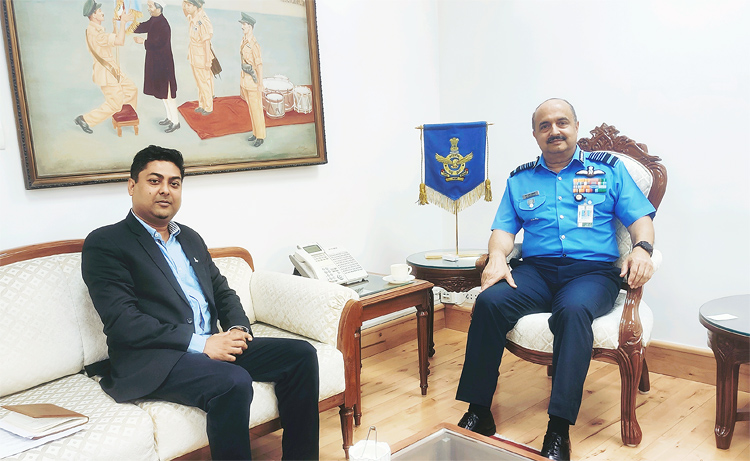
Artificial Intelligence (AI) has been making significant strides in the aerospace industry, including its applications in the Indian Air Force (IAF). The groundbreaking initiative of establishing the IAF Centre of Excellence for Artificial Intelligence (CoEAI) under the aegis of UDAAN (Unit for Digitisation, Automation, Artificial Intelligence and Application Networking) at Air Force Station Rajokri, is slated to be working on cutting-edge applications.
The IAF Centre of Excellence for Artificial Intelligence (CoEAI) is slated to work on cutting-edge applications, transforming core areas such as supply logistics, intelligence gathering, sensors, and Decision Support Systems.
The IAF is transforming its core areas by infusing AI into supply logistics, intelligence gathering, sensors, and Decision Support Systems through the application commonly known as the Internet of Battlefield Things (IoBT).
A Big Data Analytics and AI Platform
The IAF has commissioned a Big Data Analytics and Al Platform in the IAF's Al Centre. The Centre will drive AI integration in all aspects of Analytics, Machine Learning, Natural Language Processing, Neural Networks and Deep Learning algorithms.
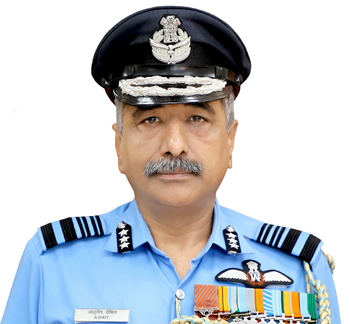
Air Staff
According to the senior IAF official, the scope of the AI centre is critical in analysing high-end computing requirements which are to be driven by the next-generation Graphical Processing unit-powered servers.
Recently, on AI in aerospace and its radical applications, Air Marshal Ashutosh Dixit, Deputy Chief of the Air Staff explained that the IAF has taken steps to integrate Al-based technologies in its war-fighting processes. The steps will further embed aerospace into Industry 4.0. He reiterated that the AI COE with high-end compute and big data storage capabilities, coupled with full-spectrum Al software suites, would substantially enhance the operational capability of IAF.
The aerospace industry in its various upgradation programmes has been developing Al-based applications in conjunction with various Public Sector Undertakings (PSUs), MSMEs and leading academia.
Surveillance and Reconnaissance: AI-powered systems can analyse vast amounts of sensor data from satellites, UAVs, and other platforms to detect, track, and identify potential threats. These systems enable the IAF to monitor airspace and ground activities more effectively, enhancing situational awareness and intelligence gathering.
AI-powered systems enable the IAF to monitor airspace and ground activities effectively, enhancing situational awareness and intelligence gathering.
One of the key areas in intelligence where the IAF has taken the lead is an application based on a common structure called-- Comprehensive Electronic Order of Battle (CEOB). Here, the AI infusion captures electronic intelligence gathered by it as well as from other intelligence agencies and integrates them into a single platform (CEOB).
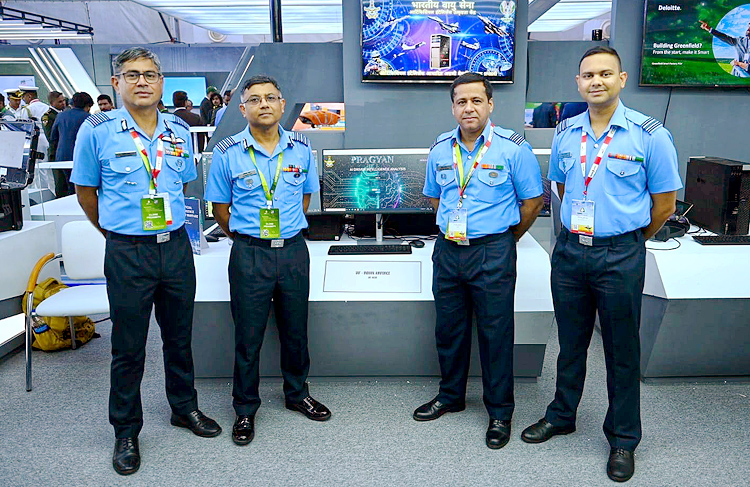
Mission Planning and Decision Support: IAF has been focusing on AI-based machine systems for collaborating and creating modules for machine planning, radar, and sub-systems. These are highly collaborative with several military startups building on this under the overall aegis of IAF.
How AI is being leveraged by the advanced military worldwide? One of the coveted areas is the computer vision capability of artificial intelligence for activities like detecting and hunting down submarines, detecting an enemy intrusion, or decoding messages using machine learning abilities.
This is based on the latest development in the core of AI-based Decision Support Systems (DSS) which can fundamentally address such complex environments and analyse the sensory data through processors. It is pertinent to note thatthe IAF has been leveraging DSS and building a framework which is also a priority and foundational project led by the Defence Research and Development Organisation (DRDO).
AI plays a crucial role in mission planning, decision support, flight control systems optimisation, and predictive maintenance, improving aircraft performance, safety, and reliability.
The framework is part of the latest breakthroughs in technology based on Algorithms like criteria decision-making (MCDM), Swarm Algorithms, Game theoretic approaches towards resource allocation, search algorithms etc. It is designed and built on the distributed framework of Hadoop and supports "intelligent" and informed solutions. Importantly, this framework has been used widely for providing Decision Support for Deployment, Transport Allocation, Convoy composition and scheduling and Coastal Surveillance.
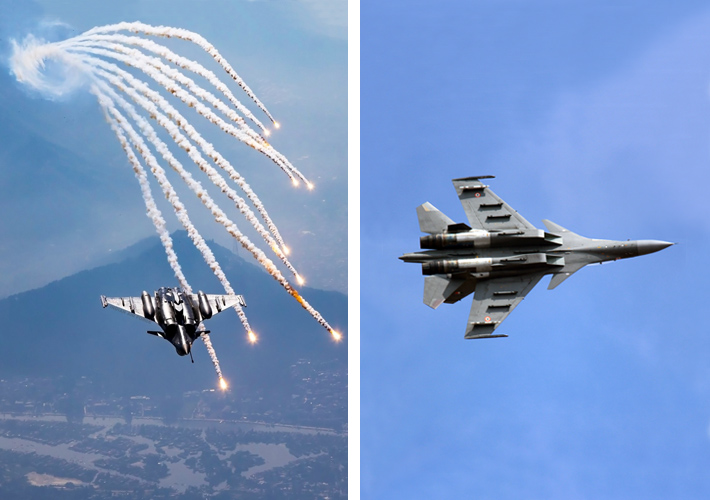
Already, algorithms are deeply entrenched in flying planes in various functional autonomous modes. Now, AI is more about trusting to fly planes on its own and more importantly, can AI be fully trusted by the pilots. For example, in operational and combat situations, the AI's role in the OODA loop—the decision cycle of orient, observe, decide, and act.
How do we connect the complexity of AI with the OODA loop? In a well-documented dogfight between the US fighter aircraft F-86 against the Russian MiG-15, the OODA loop played a decisive role. The fact that the American F-86 won over the MiG-15 is because US pilots took a much shorter OODA loop in the observing and acting phase of combat operation. The data matrix simply analysed that the F-86 had a much wider field of vision and easier hydraulic controls that allowed them to outrun the OODA loops of Russian pilots.
So, the historical fights define the role of AI which can process vast information in such a short time frame which is impossible to calculate and analyse in the usual case of decision-making in high-temp aerial combat. Here AI can further define and reduce the key elements like the OODA loop in a high-flying supersonic combat jet.
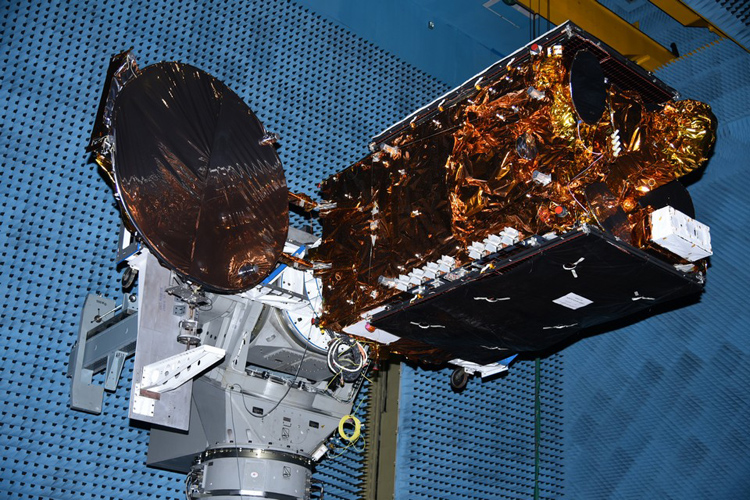
Additionally, AI-based software assists in mission planning by analysing vast amounts of data to identify optimal routes, targets, and strategies. It also provides decision support to pilots and commanders during missions by analysing sensor data, assessing threats, and recommending actions.
Flight Control Systems: AI algorithms are used in advanced flight control systems to optimise aircraft performance, improve fuel efficiency, and enhance safety. These systems can adapt to changing flight conditions in real time, making split-second decisions to ensure the safety of the aircraft and its crew.
AI for Autonomous Vehicle
It is the autonomous areas -- Unmanned Aerial Vehicles (UAVs)—where AI is so radically influencing military applications. The air forces are using and improving the AI applications in UAVs which are spreading across an impressive variety of domains, including ISR (intelligence, surveillance and reconnaissance) and targetingwith minimal human intervention.
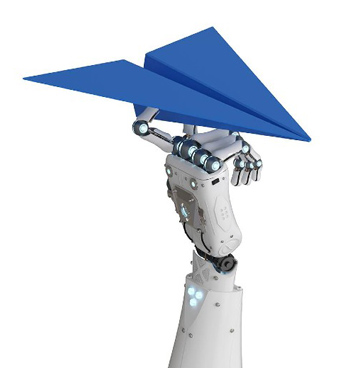
Moreover, AI is also playing a major role in developing anti-combat drone solutions. How can a technology—AI-based-- disable a hostile drone while leaving a friendly drone a few feet distant in the clusters unharmed? That is where a US-based startup Epirus has succeeded in its prototype 'Leonidas', which took down a hostile drone while distancing itself from the friendly drones in complex clusters. The groundbreaking achievement was based on the AI algorithms and super-dense Gallium Nitride power amplifiers, where Leonidas converted direct energy to precise frequencies which can take out both large fixed-wing drones and small quadcopters.
The IAF unmanned projects – Rustom – II UAV and Ghatak UCAV– are using such Intelligent Unmanned Systems which are based on Computer Vision Processing and Artificial Intelligence. For example, DRDO's Ghatak UCAV,a stealth unmanned combat aerial vehicle (UCAV) initiated under the programme– AURA (Autonomous Unmanned Research Aircraft) is based on AI-enabled systems. The development will be critical in terms of target detection and use of Lethal Autonomous Weapon Systems (LAWS).
How important the AI initiative is in the IAF's perspective plan is clear on the policy thrust on developing indigenous UAV projects which rests largely on AI applications.
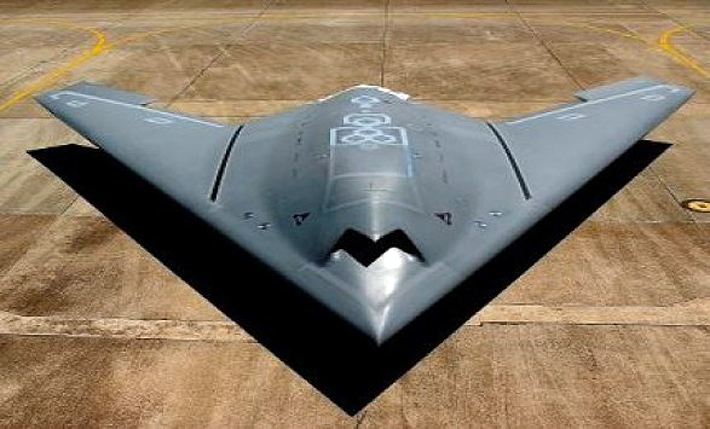
Predictive Maintenance: AI algorithms analyse sensor data from aircraft components to predict potential failures before they occur. This allows maintenance crews to perform proactive maintenance, reducing downtime and increasing the reliability of aircraft.
Training and Simulation: AI-powered simulators provide realistic training environments for pilots and ground crew, allowing them to practice various scenarios in a safe and controlled setting. These simulators can replicate complex flight conditions and scenarios, helping to improve aircrews' skills and decision-making abilities. The IAF has successfully integrated the Virtual Reality (VR) platforms for the fighter pilots from the training stage to the operational areas. According to the IAF senior official, the indigenisation for VR simulation has been a success story, which has not only been cost-effective but has significantly reduced the high expenses that would have been otherwise incurred on flying hours using real aircraft.
Obviously, by integrating AI and VR systems into training and operations, the IAF aims to achieve higher levels of efficiencyas the Chief of the Air Staff, Air Chief Marshal V.R Chaudhari highlighted: "The use of tools of analytics and software and artificial intelligence need to be used to assess pilots instead of assessing them based on one sortie."
AI is revolutionising unmanned aerial vehicle (UAV) applications, including ISR, targeting, and anti-drone solutions, enhancing military capabilities in reconnaissance and combat.
Air Force Chief has been a key proponent of AI. In his observation, he pointed out: "We have every move recorded and there is a need to develop AI-based software to analyse the metadata instead of assessment based on the subjective opinion of trainers." Chaudhari further explained, "We are now in the phase of infusion of tech technology and interconnected platforms and components including AI, machine learning and technology and there was a need to recognise the value of new technology and need to assimilate the knowledge."
Cybersecurity: AI detects and mitigates cybersecurity threats to aircraft systems and networks. AI algorithms can analyse network traffic, identify anomalous behaviour, and respond to cyber-attacks in real time, enhancing the resilience of aerospace systems against cyber threats. IAF has taken the lead in building AI-based mechanisms under the Defence Cyber Agency (DCyA) of the Indian Armed Forces. The IAF's recent focus on the Op network is in the form of the Air Force Network (AFNET) is based on AI-based software which is also constantly upgraded. It boosted sensors Radars with Data-link based on Satellite by infusing AI-enabled data processing-real time.
Strategic Planning and Analysis: AI-based analytics tools assist Air Force planners and strategists in analysing vast amounts of data to make informed decisions about force structure, resource allocation, and operational planning. These tools can identify trends, patterns, and potential risks, helping to optimise Air Force operations.
Logistics and Supply Chain Management: AI algorithms optimise logistics and supply chain operations by analysing data on inventory levels, transportation routes, and maintenance requirements. By improving the efficiency of logistics processes, the IAF can ensure timely delivery of equipment, spare parts, and supplies to support its missions.
In the context of the Indian Air Force, AI is likely to be integrated into various platforms and systems to enhance operational capabilities, improve situational awareness, and increase the effectiveness of air operations. Additionally, research and development efforts are likely underway to explore new applications of AI in aerospace, intending to maintain India's air superiority and ensure the safety and security of its airspace.
The author is a defence editor and security expert. He writes on National Security, Military Technology, Strategic Affairs & Policies.





